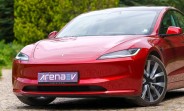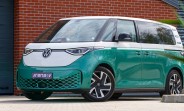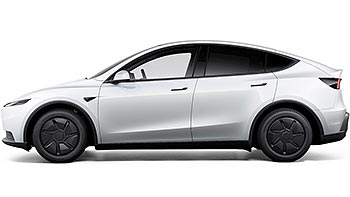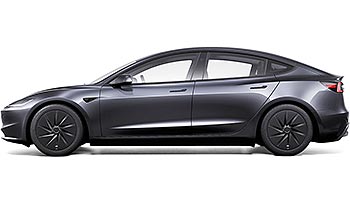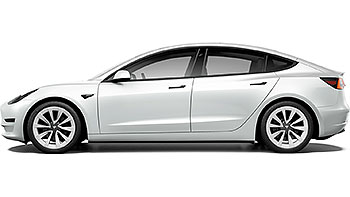Tesla Robotaxis in Austin get a driver in a legal sidestep
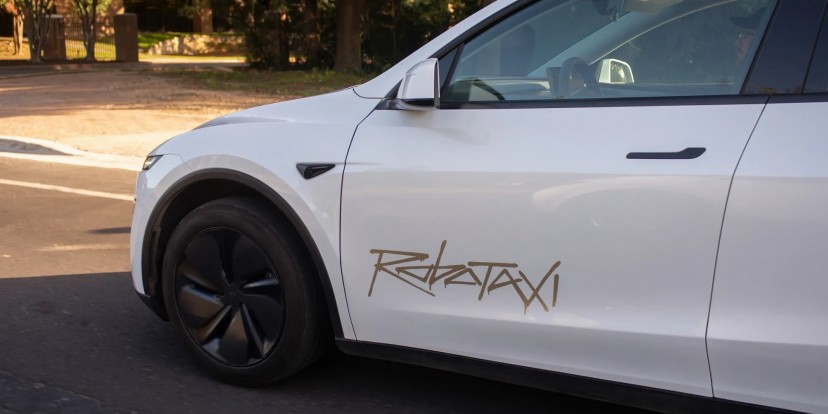
Tesla's futuristic ride-hailing service in Austin, Texas, just received a decidedly low-tech update. The company has moved its human supervisors from the passenger seat into the driver's seat. The official reason is a cautious expansion onto high-speed highways, but the timing of the change points to a much more complex story involving new state laws and the true capabilities of its self-driving technology.
For its first two months of operation in Austin, the Tesla Robotaxi service offered a unique sight. Customers, primarily a select group of influencers and invitees, would summon one of the company's electric cars and find a Tesla employee supervising the trip from the front passenger seat.
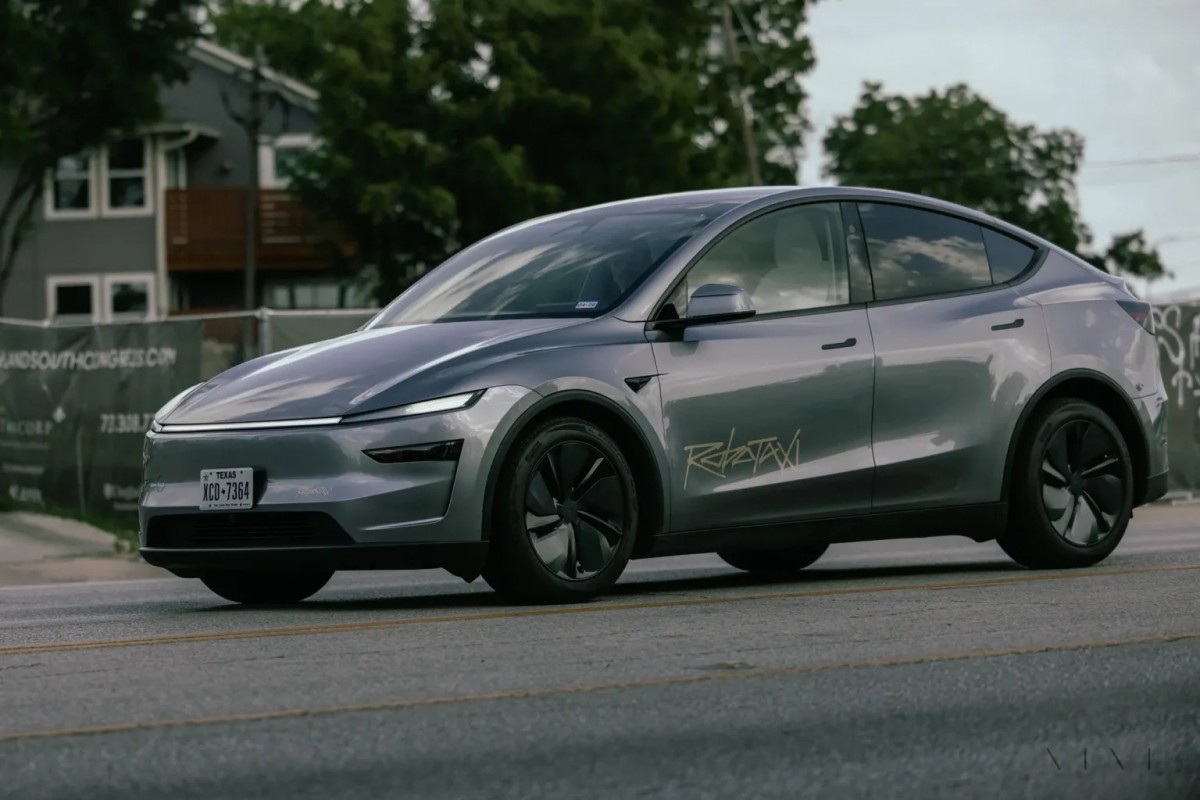
With a finger hovering over a kill switch, the employee was there to intervene if the car's Full Self-Driving (FSD) system made a mistake. The service was limited to lower-speed streets, but the setup raised questions about its effectiveness compared to having a trained professional behind the wheel, ready to grab the controls at a moment's notice.
On September 1, Tesla announced it was expanding the service's operational area to include highways. In a statement on X, the social media platform owned by CEO Elon Musk, the company explained the shift. "Safety monitors are only in the driver's seat for trips that involve highway driving, as a self-imposed cautious first step toward expanding to highways," the post read.
Sept 1 in Austin and our Robotaxi arrived with Tesla safety driver in the driver seat, similar to the Bay area (no logo on the car). Here’s that first moment when I realized, our autonomous car was heading onto the freeway. pic.twitter.com/1QfyN2Ubzf
— Gail 🇺🇸 (@gailalfaratx) September 2, 2025
On the surface, this is a logical move. The risks associated with autonomous systems increase dramatically at 70 mph, and having a driver with immediate access to the steering wheel and pedals is an undeniable safety enhancement.
However, the date of the change, September 1, is significant for another reason. It was the very day that a new Texas law, Senate Bill 2807, went into effect. Previously, Texas had very relaxed rules for testing autonomous vehicles. The new law changes the game, implementing much stricter oversight for companies wanting to operate truly driverless vehicles.

To put a car on the road without a human inside, companies must now prove their system qualifies as a Level 4 or Level 5 autonomous system under standards set by the Society of Automotive Engineers (SAE). This level of autonomy means the car can handle all driving tasks without any human oversight. The law also requires detailed safety data reporting and plans for how the vehicles will interact with first responders.
This new legal landscape is critical to understanding Tesla's decision. The company's lauded Full Self-Driving system, despite its name, is officially classified as an SAE Level 2 driver-assistance system. This classification means the technology assists with steering, braking, and accelerating, but it requires the driver to remain fully engaged and responsible for the vehicle at all times.
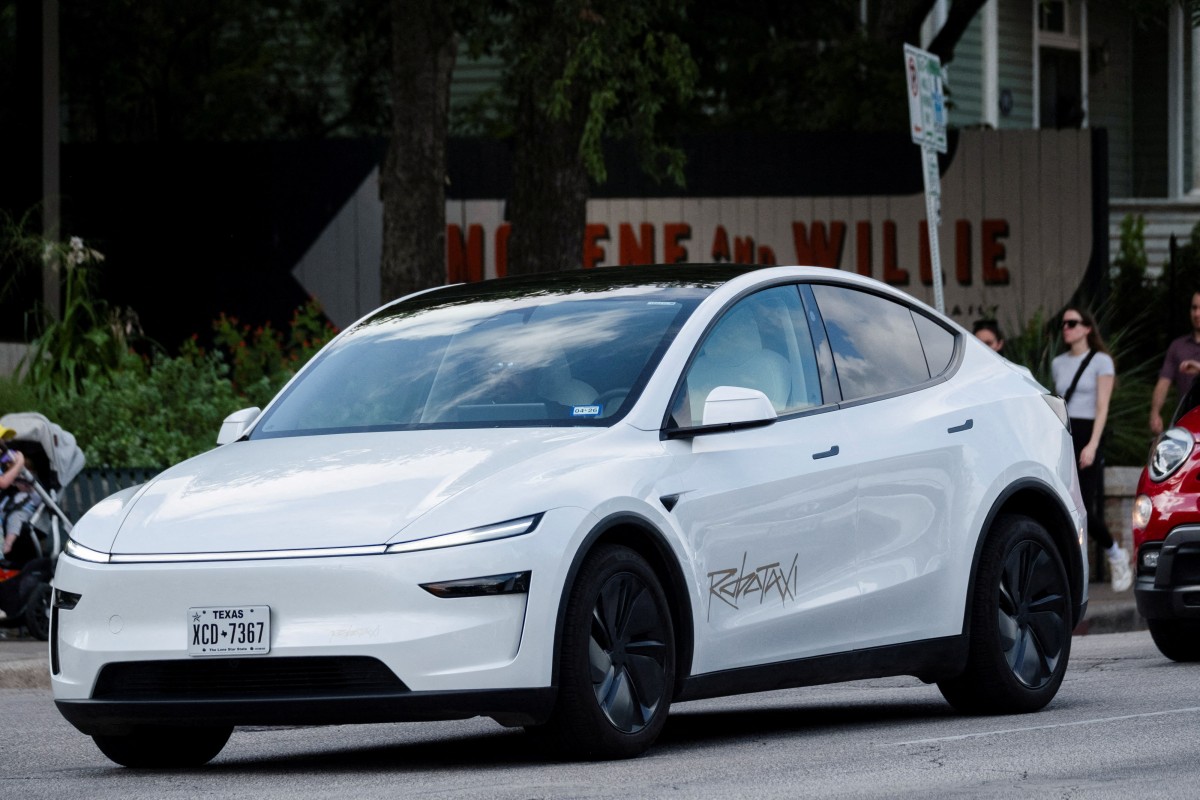
By moving the employee from the passenger seat to the driver's seat, Tesla now has a vehicle operating as a Level 2 system with a "safety driver." This allows the company to continue its "Robotaxi" operations and expand to highways without having to meet the difficult and expensive new requirements of SB 2807 for true, Level 4 service.
This situation exposes the current gap between Tesla's ambitious goals and the reality of its technology. The term "Robotaxi" suggests a fully autonomous experience, similar to what competitors offer. Waymo, a subsidiary of Google's parent company Alphabet, currently operates rider-only services in several U.S. cities, including Austin. These electric cars arrive with no one in the driver's seat.
Tesla's approach of using a safety driver is not new; it already employs this method in its San Francisco Bay Area service, where California regulators demand extensive testing and reporting. While Tesla has announced that the general public can now join a waitlist for its service, the experience in Texas will, for now, be a ride in an EV with a human chauffeur.
Related
Reader comments
- Anonymous
problem is austin is a democrat party city with tons of weird regulations. the governor of texas is a cripple who could do ads on how robotaxis help people like him. but thats kinda woke.
- 04 Sep 2025
- B4X



